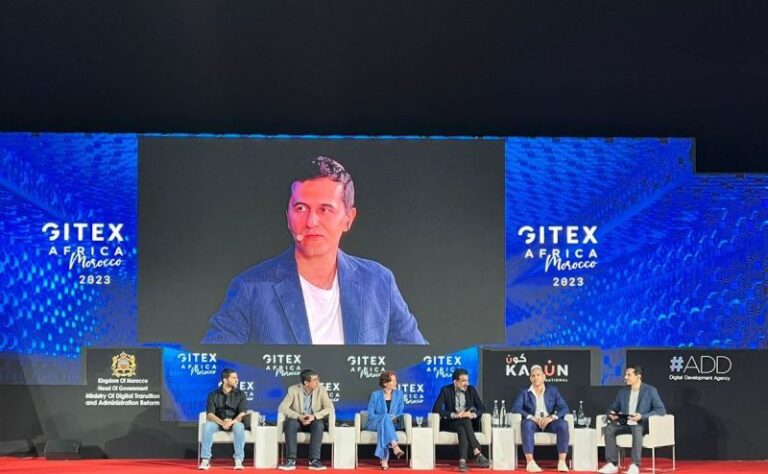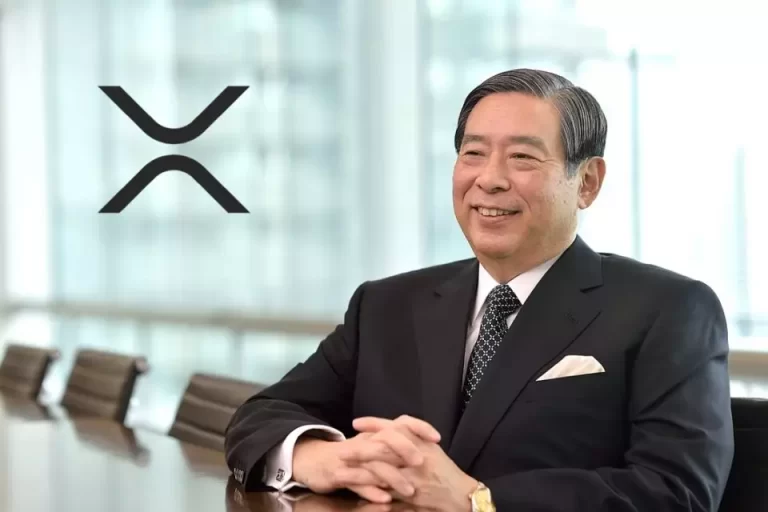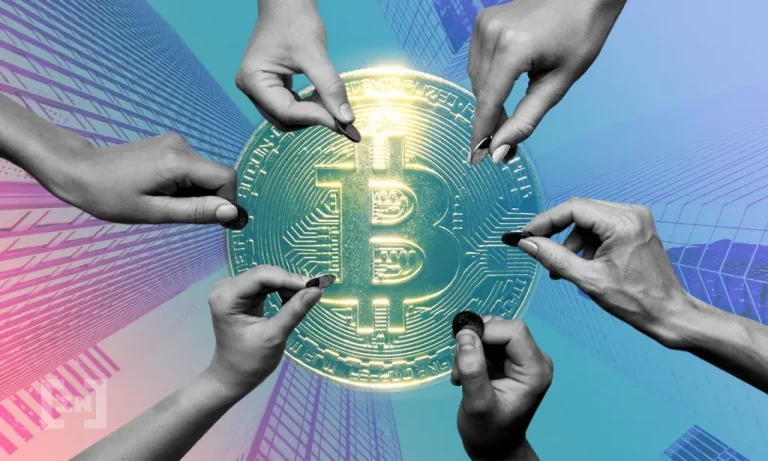Cardano Aims to Create a Stable Cryptocurrency Ecosystem

After launching in September 2017, Cardano’s ADA token mostly remained under the radar of traders until the end of November. Since then, the cryptocurrency has jumped by 1,520%. With a market capitalization of $18.8 billion, Cardano is the fifth-most valuable cryptocurrency as of this writing.
What Is Cardano?
Even as they have skyrocketed to prominence in the last couple of years, most cryptocurrencies have had chaotic growth trajectories. Scandals, hacks, and disagreements that resulted in hard forks have brought a bad rep to their ecosystem.
Cardano is a blockchain project founded by Charles Hoskinson, co-founder of ethereum, to “provide a more balanced and sustainable ecosystem” for cryptocurrencies. According to its website, ADA is the only coin with a “scientific philosophy and research-driven approach.” In practical terms, this means that its open-source blockchain undergoes a rigorous peer-review process by scientists and programmers in academia.
The non-profit foundation that runs Cardano has also partnered with a bunch of academic institutions to research and review all aspects of its blockchain. For example, researchers at Lancaster University are developing a “reference treasury model” to find a sustainable way to fund future development for Cardano’s blockchain.
How Is Cardano Different From Bitcoin and Ethereum?
Despite its projectile increase in less than two months, ADA is somewhat of an outlier in the volatile world of cryptocurrencies.
ADA calls itself the first third-generation cryptocurrency and aims to tackle scaling and infrastructure problems that first cropped up in bitcoin, a first-generation cryptocurrency that introduced the idea of digital coins, and ethereum, a second-generation cryptocurrency that expanded use cases for coins to smart contracts. Specifically, Cardano aims to solve problems related to scalability, interoperability, and sustainability on cryptocurrency platforms.
The first problem refers to the slowing down of networks and high fees due to increase in transaction volumes.Cardano’s algorithm Ouroboros has been put forward as a possible solution to its scaling problems.
Ouroboros utilizes a Proof of Stake (PoS) approach to save on energy costs and enable faster transaction processing. Instead of having a copy of individual blockchains on each node (as is common in bitcoin), Cardano’s blockchain streamlines the number of nodes in a network by appointing a leaders responsible for verifying and validating transactions from a collection of nodes. Subsequently, the leader node pushes transactions to the main network.
Cardano has also adopted RINA (Recursive Internetworked Architecture) to scale its network. This network topology was first developed by John Day and enables customized increments to heterogenous networks. Hoskinson has said that he wants Cardano’s protocols to reach the standards of TCP/IP, the dominant protocol used on the Internet for exchange of data.
nteroperability relates to the portability of a cryptocurrency both within its natural ecosystem and in its interface with the existing global finance ecosystem. Currently, there is no way to perform cross-chain transactions between cryptocurrencies or to conduct a seamless transaction involving cryptocurrencies and the global finance ecosystem. Exchanges, which crash or charge exorbitant fees, are the only intermediaries. An assortment of regulations pertaining to customer and transaction identities has further distanced the cryptocurrency ecosystem from its global counterpart.
Cardano aims to enable cross chain transfers through side chains, which conduct transactions between two parties off chain. It is also exploring ways for institutions and individuals to selectively divulge metadata related to transactions and identities to enable use of cryptocurrencies for trading and daily transactions.
Finally, sustainability is about governance structures that provide incentives to miners and other stakeholders and about evolving a self-sustaining economic model for the cryptocurrency. In addition to this, it aims to build what its creators describe as a “constitution” of protocols to avoid messy hard forks (such as the ones that occurred in bitcoin and ethereum).
In the future, protocols will be hard coded into Cardano blockchains and applications using the protocol, such as online exchanges and wallets, will automatically check for compliance as the applications are being built. The automation could also cut down time required to discuss and implement forks. Hoskinson has referred to it as “mechanization of a social process.”
What Is The Market For Cardano?
For now, Cardano’s primary use case is as a cryptocurrency. ADA, its cryptocurrency, is part of Cardano’s settlement layer. Cardano is often to as the “Japanese ethereum” and reports last year indicated that it was being made available in Japan through ATMs and debit cards.
Cardano has ambitious plans for the future and intends to move beyond the settlement layer to a Control layer, which will serve as a “trusted computation framework” for sophisticated systems, such as gambling and gaming systems. Other applications outlined on its website are identity management, a credit system, and Daedalus, a universal cryptocurrency wallet with automated crypto trading facility and crypto to fiat conversion capabilities. It is not clear whether ADA would play an important role in the planned systems.
As mentioned earlier, the non-profit foundation that runs Cardano has built up an extensive list of partner institutions to refine its algorithms and develop new governance structures. According to Hoskinson, the partnership is mutually beneficial because Cardano’s research projects align academic incentives with the cryptocurrency industry’s expectations.






